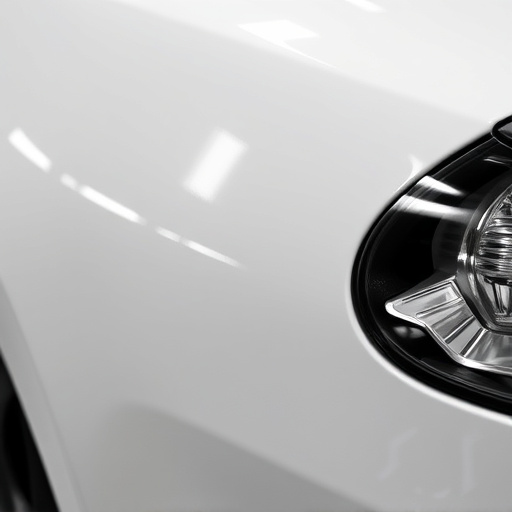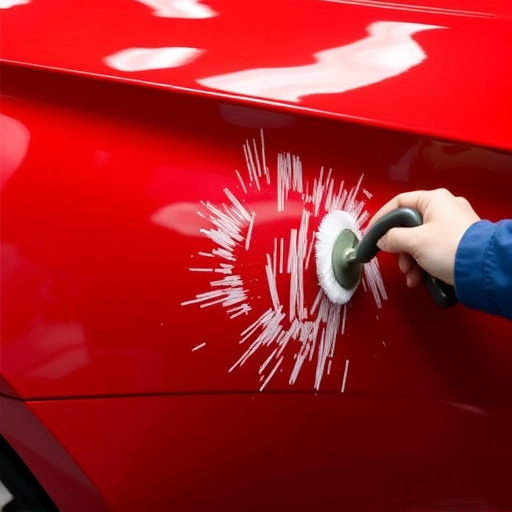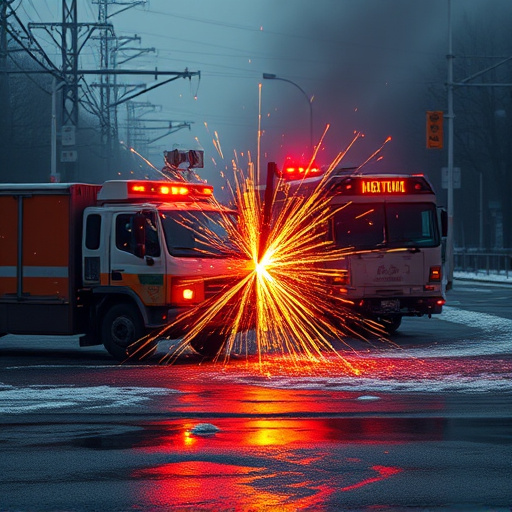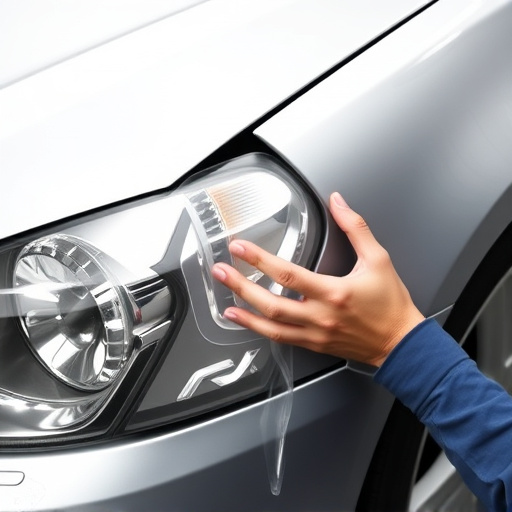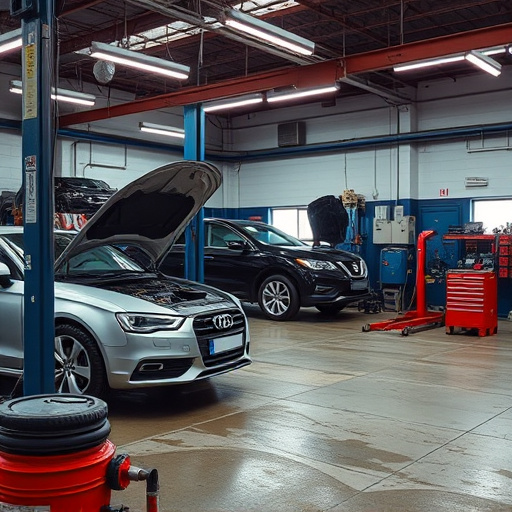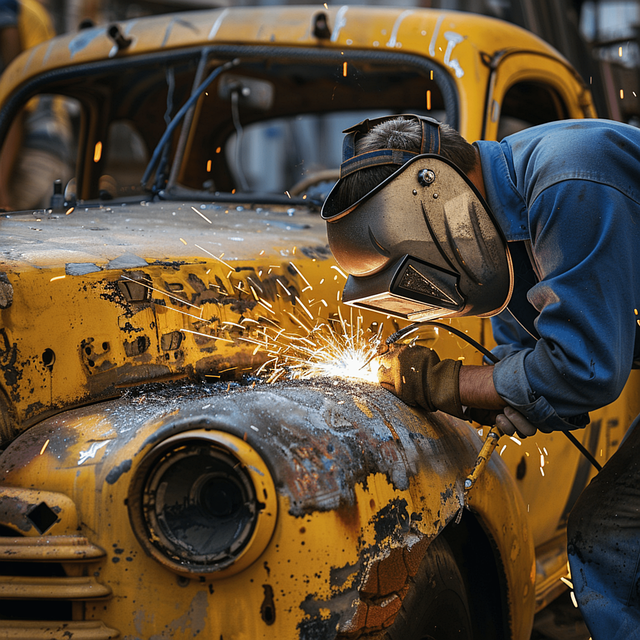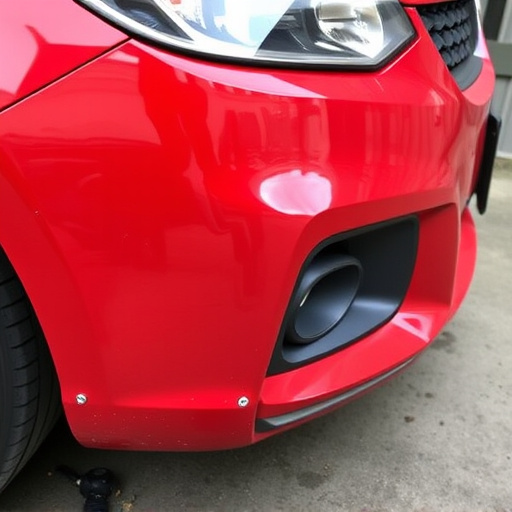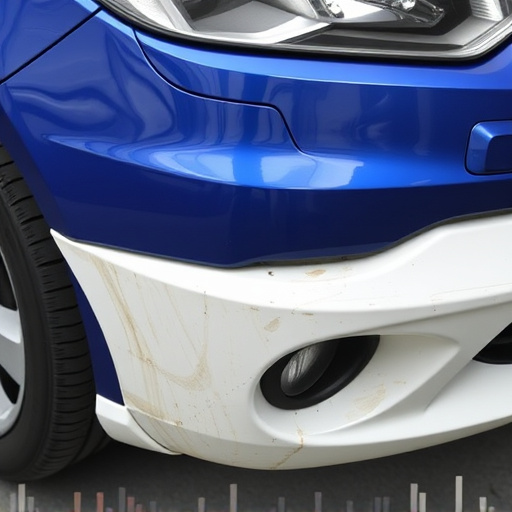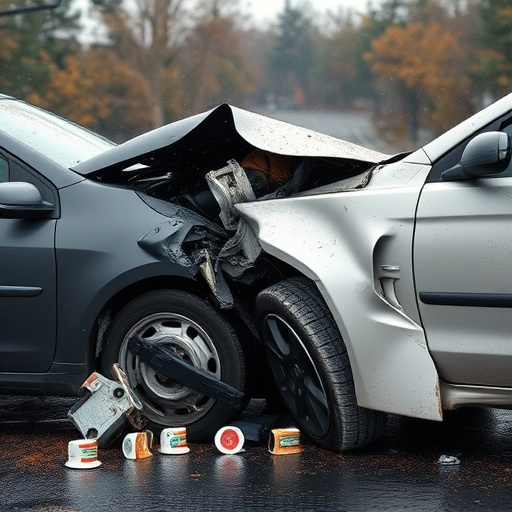Plasma cutting collision repairs rely on precise techniques for shaping vehicle bodies, demanding skill in gas selection, arc ignition, and process control. Safety is paramount with PPE, workspace preparation, risk assessments, and emergency training. Hands-on training teaches cutter operation, technique mastery for steel & aluminum, ensuring efficient, accurate collision repair.
In the realm of automotive collision repair, precision and efficiency are paramount. Plasma cutting has emerged as a game-changer, offering unparalleled accuracy and speed. This article delves into the essential training required for effective plasma cutting in collision work. From understanding basic principles to mastering safety protocols and hands-on techniques, we explore every aspect crucial for success. By the end, folks will be equipped with the knowledge to navigate this vibrant, bustling field with confidence.
- Understanding Plasma Cutting Basics for Collision Repairs
- Essential Safety Measures Before Plasma Cutting Operations
- Hands-on Training: Mastering Plasma Cutting Techniques
Understanding Plasma Cutting Basics for Collision Repairs
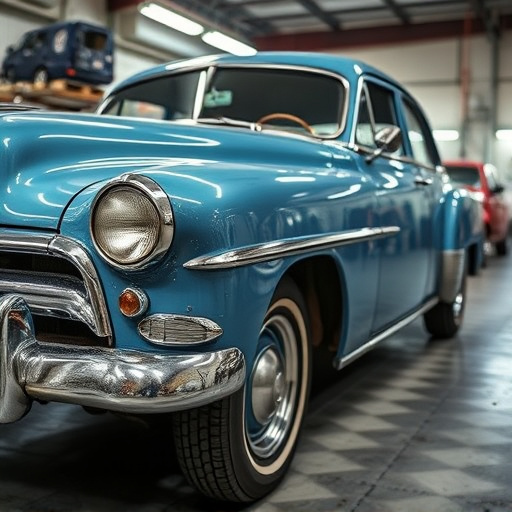
Plasma cutting is a specialized technique that has become an indispensable tool in the automotive collision repair industry. Understanding its basics is crucial for any professional looking to offer top-quality auto repair services. This process involves using a plasma arc to cut through various materials, including metal bodies of vehicles, with precision and speed. The technology is particularly effective for dent repair and precise shaping during collision restoration.
In the realm of plasma cutting collision repairs, technicians must grasp fundamental concepts such as gas selection, arc ignition, and control of the cutting process. Training should cover safety measures, as handling plasma equipment requires caution to prevent accidents. Proper training also equips auto maintenance specialists with the skills to handle different material thicknesses and types, ensuring efficient and effective results in their dent repair endeavors.
Essential Safety Measures Before Plasma Cutting Operations
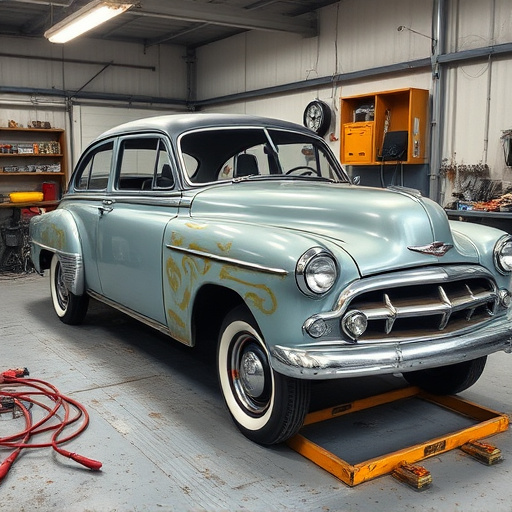
Before initiating any plasma cutting operations in an automotive collision work setting, several crucial safety measures must be implemented to ensure the well-being of all personnel involved. Personal protective equipment (PPE), including specialized clothing, eye protection, and respirators, is paramount to shield workers from potential hazards. The workspace should be meticulously prepared, with clear access and exit points, adequate ventilation, and proper signage indicating the presence of active cutting operations.
Moreover, it’s essential for collision repair centers and body shop services to conduct thorough risk assessments, familiarize employees with plasma cutting safety protocols, and regularly train on emergency response procedures. These measures are vital not only for mitigating the risks associated with a fender bender or other automotive incidents but also for maintaining a safe and productive work environment.
Hands-on Training: Mastering Plasma Cutting Techniques
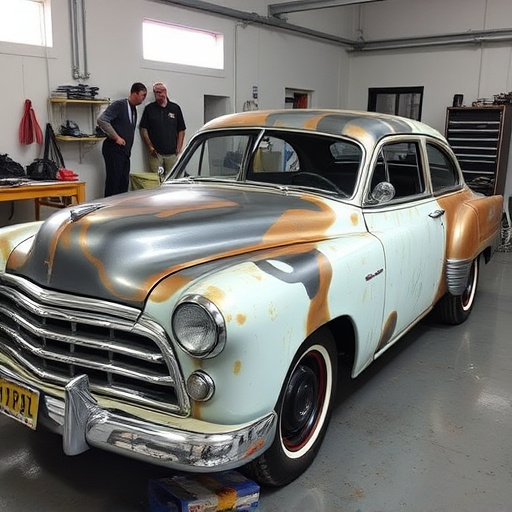
Hands-on training is an integral part of learning plasma cutting for automotive collision work. It involves mastering various techniques specific to this specialized process. Trainees must learn how to safely operate the plasma cutter, including understanding the machine’s controls and maintaining proper technique to prevent damage or injury. They’ll also develop skills in positioning the cutter, controlling the arc, and achieving precise cuts, which are crucial for auto body repairs and vehicle bodywork projects.
This practical training often includes cutting different materials, such as steel and aluminum, to ensure technicians can adapt their techniques based on the vehicle’s specific needs. By combining theoretical knowledge with hands-on experience, trainees prepare to handle plasma cutting collision tasks efficiently and accurately within an automotive body shop setting.
Training is key in mastering plasma cutting techniques for automotive collision work. By understanding the basics, adhering to safety measures, and participating in hands-on training, professionals can enhance their skills and ensure precise, efficient plasma cutting operations. This specialized knowledge not only streamlines collision repairs but also guarantees high-quality results, making it an indispensable tool for any automotive body shop specializing in plasma cutting collision repair.


